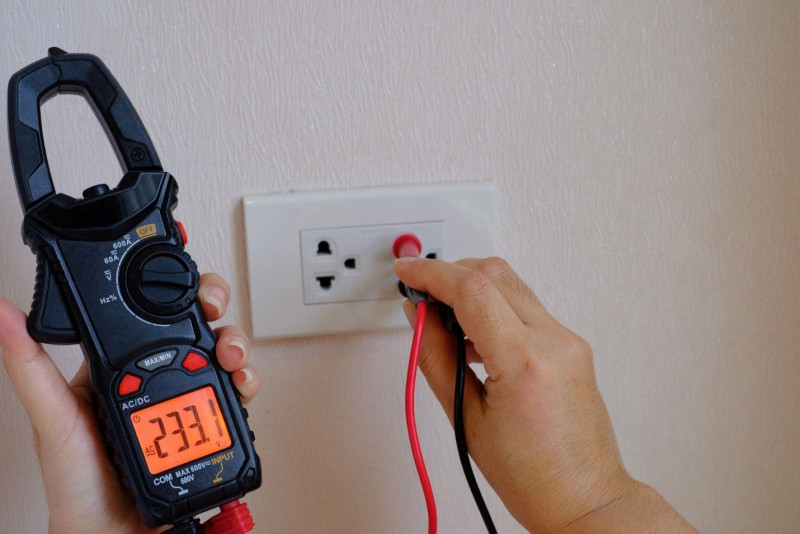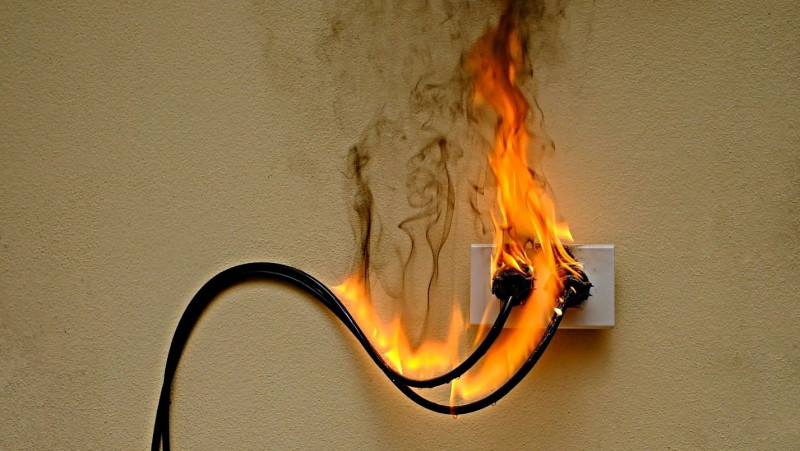-
Philippines
Copyright © 2025 Powered by BCI Media Group Pty Ltd
Confirm Submission
Are you sure want to adding all Products to your Library?
Contact Detail

The Most Common Electrical Hazards and How to Fix Them
Electricity is one of the essential services in our homes. It powers our lights, appliances, and electronics while keeping us warm in the winter and cool in the summer. We rely on electricity so much that we often take it for granted until something goes wrong.
When electrical hazards occur, they can cause fires, damage to property, and even severe injuries or death. That’s why it’s important to know the most common electrical hazards and how to fix them.
In this blog post, we’ll take a look at three of the most common electrical hazards and what you can do to mitigate them.
Hazard #1: Outlets that are not grounded.
For safety reasons, all electrical outlets should be properly grounded. Electrical outlets should have a connection to the ground so that in the event of an electrical overload or shock, the electricity will travel through the ground connection and not through an unsuspecting person.
If your outlets are not grounded, they are a major fire hazard. Grounded outlets have three prongs rather than two. The third prong is there for a reason—it provides a path for excess electricity to ground itself, which protects your home from fire. If your outlet does not have a third prong, you can hire an electrician to install one or purchase and install a grounding adapter.

Hazard #2: Extension cords that are damaged or overloaded.
Extension cords are a common sight in many homes, especially during the holidays when extra lights and decorations are needed. However, extension cords that are damaged or overloaded can be hazardous. Inspect your extension cords regularly for frayed wires or exposed insulation. If you find any damage, throw the cord away and replace it with a new one. Additionally, be sure not to overload your extension cords by plugging in too many devices; this can cause them to overheat and start a fire.
Extension cords should not be used for permanent connections. Use only extension cords when temporarily connecting a device to a power outlet.
Hazard #3: Outdated or damaged wiring
Outdated or damaged wiring can cause power outages, fires, and other serious hazards in your home.
If your home has outdated or damaged wiring, it’s time to call an electrician. Outworn wiring may not be able to handle the amount of electricity today’s households use, which can lead to overheating and fires. Similarly, damaged wiring should be repaired or replaced as soon as possible as it presents fire and electrocution hazards.

Conclusion:
Electrical hazards are more common than you might think—but fortunately, they are also relatively easy to fix if you know what to look for. Knowing the most common electrical hazards and taking steps to mitigate them can help keep your home safe from fire risks. If you have any further questions about electrical safety or need assistance fixing an electrical hazard in your home, don’t hesitate to contact your local electrician.



